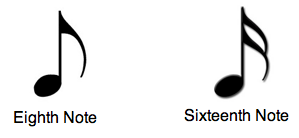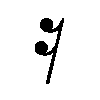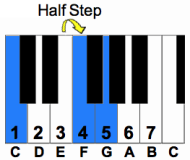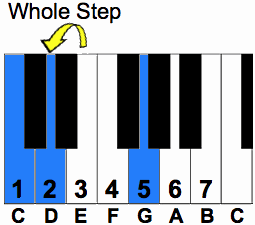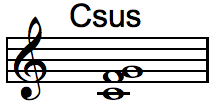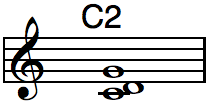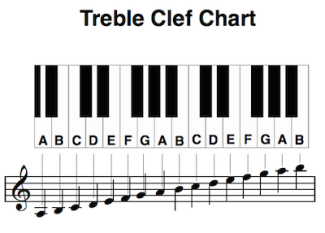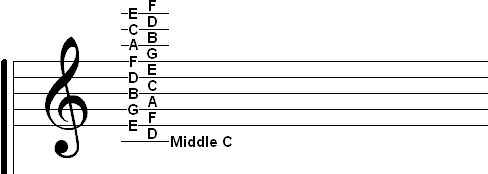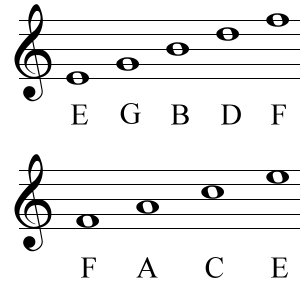Sight Reading is the ability to read and then play a piece of musical notation or score. This is one of the most difficult things that you can learn to master as a piano player or musician.
Sight Reading is the ability to read and then play a piece of musical notation or score. This is one of the most difficult things that you can learn to master as a piano player or musician.
A lot of piano players don’t even learn to play by reading notes, they just learn to play by ear with chords. Using chords is fun. It gives you freedom to play and not be bound by sheet music. However, it is important to learn read music to become a well rounded piano player.
Mind and Body
This isn’t just a physical activity that requires you to have strong fingers and agility. It’s a mental thing. If you are still learning to sight read you will notice that your fingers will outlast your brain. After about a half hour or so you will start to get a headache because of how hard your brain is working.
It’s important to take breaks when reading music. It is very strenuous on your brain because of how hard you have to focus on the sheet music. Tray and only sit at the piano for about thirty minutes to keep from getting a headache. Take about a fifteen minute break before you get back to work.
Theory
You have to know your theory to read music. There are two clefs, the treble clef and the bass clef where notes are placed to tell the musician what to play. On each clef there are lines and spaces. Each note sits on a line or on a space which makes it a certain note.
Along with knowing what notes to play you also have to know how long to hold each note out for. this is called note duration. Note duration tells you how long a certain note is held in a score. Examples of note duration would be a whole note, half note, and quarter note. A whole note is held for 4 beats, a half note is held for 2, and a quarter note is held for 1.
Tips
Make sure that you always take time when you are practicing to sight read. The more you practice the better you’ll get. It’s not like riding a bike though, if you don’t practice you will forget. So, here are some tips to help you read music.
- Practice sigh reading everyday
- Do finger exercises before you start to warm up you hands
- Start with the treble clef then work on the bass clef
- Lines on treble clef E, G, B, D, F
- Spaces on treble clef F, A, C, E
- Line on bass clef G, B, D, F, A
Click to go to Lessons #11 – Music Rhythm
Back To Lesson #9 – Bass Clef Notes
Go From Sight Reading Back to Lessons
Back to Home Page


